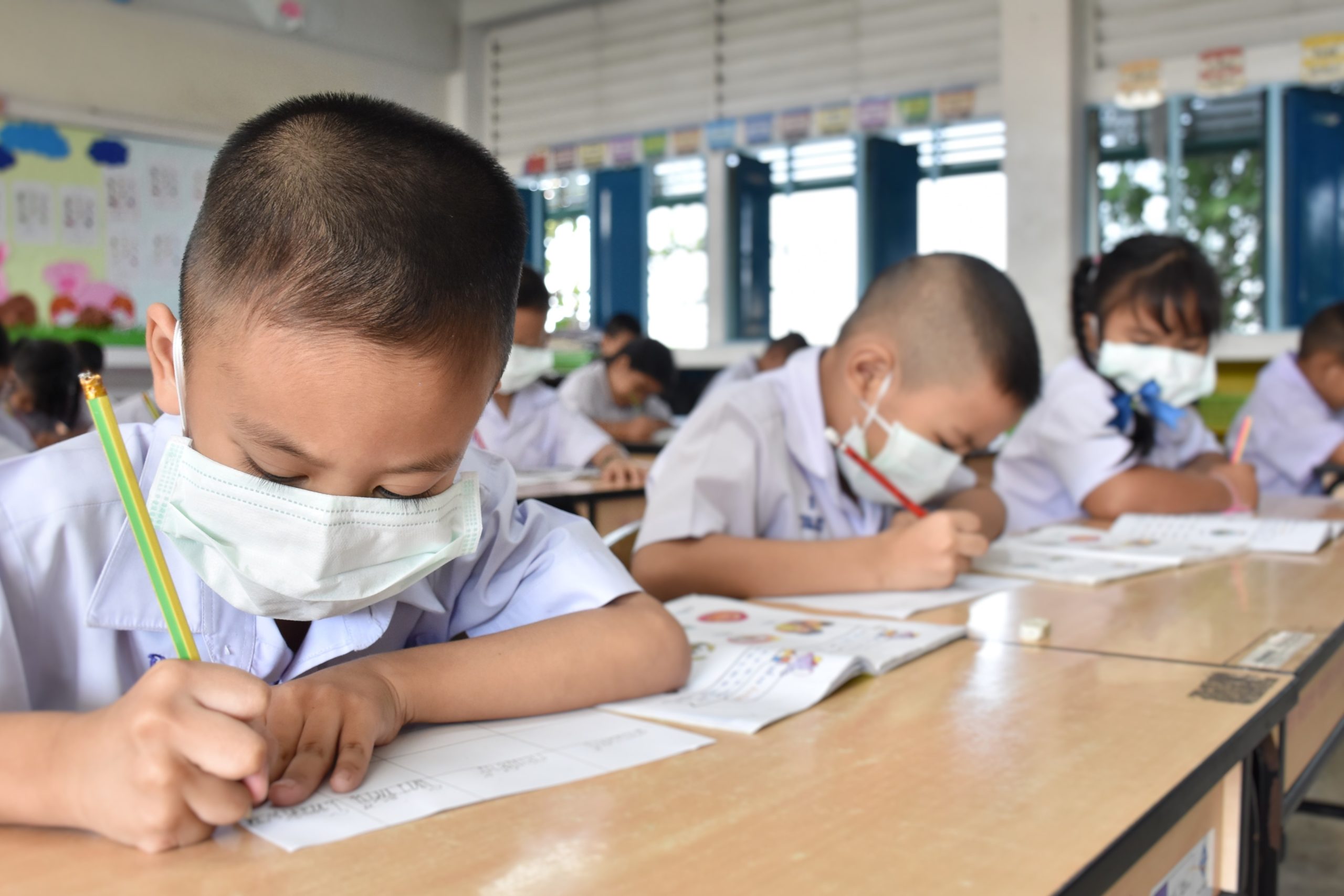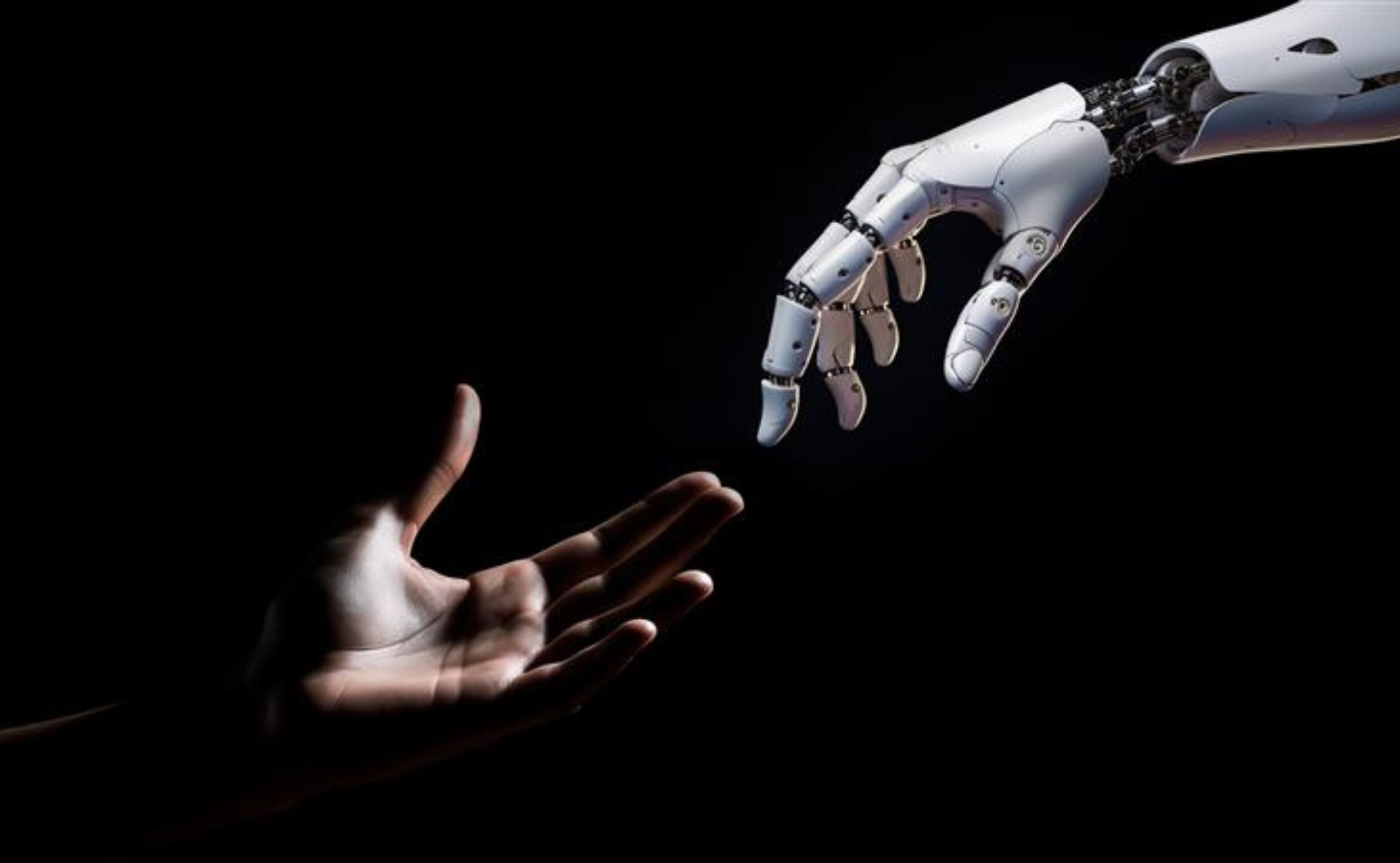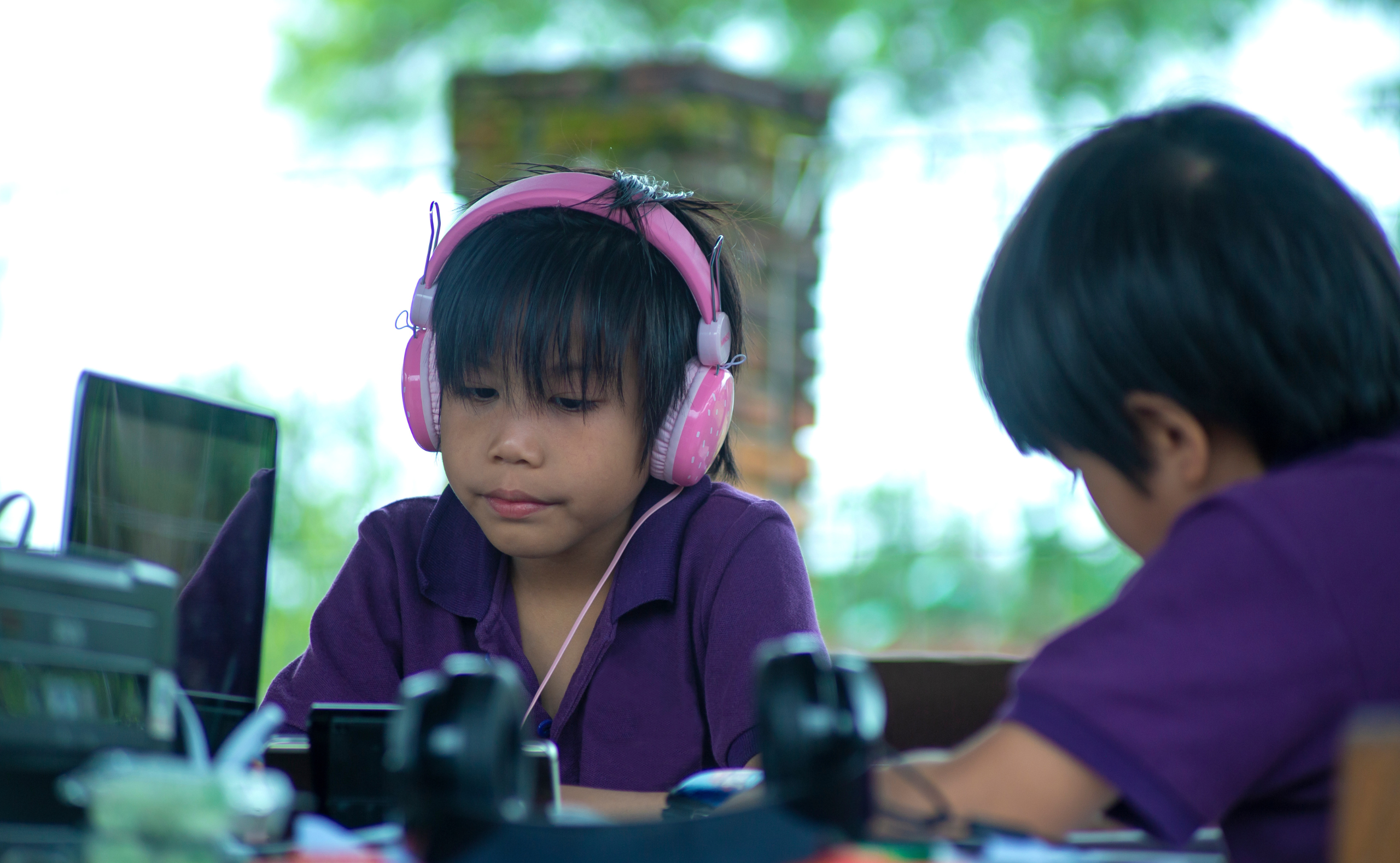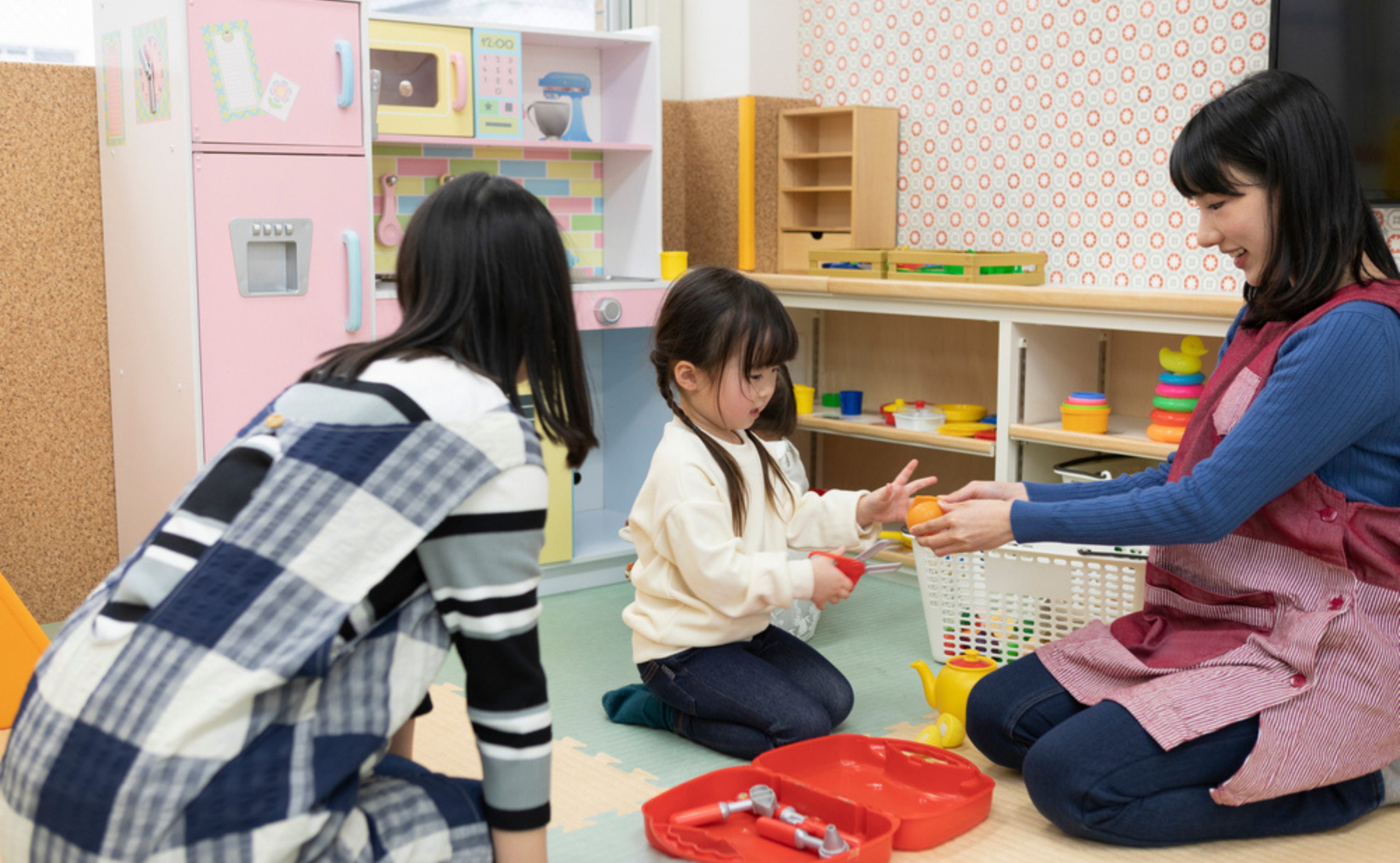
The increasing frequency and severity of natural disasters, violent conflicts, and health crises are taking disruptions in education to new extremes. Schools are being destroyed (Akbulut-Yeksel 2014), public expenditure is shifting away from education (Lai and Thyne 2007), and the mental burden and often accompanying economic stress are compromising children’s learning readiness (Lai and La Greca 2020) and weakening support systems (Andrabi et al. 2020). Ultimately, children are spending less time in school or dropping out altogether (Bandiera et al. 2018; Smith 2021; Yao et al. 2021). The coronavirus disease (COVID-19) pandemic has brought the longest and most widespread disruption by far. Between March 2020 and January 2022, school closures in G20 countries averaged 48 weeks (UNESCO Country Dashboard). In other countries, school closures reached 100 weeks over the period. This has highlighted the impact of education disruptions and the need for effective policy responses to the fore.
Prolonged education disruptions lead to learning losses. There are two aspects to these losses: (i) absolute loss, where a student forgets what she has learned, and (ii) relative loss, where a student learns less in a given year compared to previous cohorts. In all the countries where data are available, significant learning losses are taking place and affecting all income levels. In Brazil, secondary school-age children learned about 75% less than in a normal year (Lichand et al. 2021). In South Africa, grade 2 students lost 60%–80% of a year’s learning (Ardington, Wills, and Kotze 2021). Students in Germany and the United Kingdom experienced losses (Schult and Lindner 2022; Blainey and Hannay 2021). In the Netherlands, 8 weeks of learning from home resulted in no learning gains (Engzell et al. 2021). Ultimately, these disruptions have led to lifetime earning losses and lower economic growth amounting to trillions of dollars (UNESCO, UNICEF, and the World Bank 2021).
These disruptions also increase learning disparities. Students from a lower socioeconomic status consistently suffer larger losses (Moscoviz and Evans 2022). In Pakistan, school closures resulted in boys regressing in absolute terms, while girls learned less (Crawfurd, Hares, and Minardi 2021). Niger’s 1986 meningitis epidemic disproportionately affected primary school-aged girls (Archibong and Annan 2017).
Without specific efforts to recover learning, these losses will be permanent. Simulations suggest that a third of a year’s worth of learning loss during COVID-19-induced school closures could reduce children’s long-term learning by a full year as they are not able to catch up and fall further behind (Kaffenberger 2021). Permanent learning loss occurs even if education infrastructure is rapidly built back. Fourteen weeks of school closure during the 2005 earthquake in Pakistan led to a learning loss equivalent to 1.5 years of schooling 4 years later (Andrabi, Daniels, and Das 2020). Older students whose formal schooling has ended prematurely could be permanently disadvantaged in the labor market unless they are given a compensatory opportunity to acquire work skills. Such lasting burdens on a generation due to global disruptions like a pandemic will have lasting repercussions for the national and global economies through economic interdependence between countries.
Policy makers and practitioners should address learning disruptions. There are three main areas: increasing preparedness during normal times, implementing an early systematic response during a disruption, and recovering learning after a disruption. In practice, these steps should form a cycle and be accompanied by evaluations to enable continuous improvement.
Area 1: Disruption preparedness
- Prepare a learning continuity plan for a resilient education system. Just as businesses have a business continuity plan, national and subnational education administration bodies should have a learning continuity plan. Business continuity is a firm’s ability to continue or rapidly recover business operation up to a pre-defined level following a disruption. Similarly, learning continuity is the ability of an education system to continue service delivery at pre-defined acceptable levels during a disruption and help students make up for any learning loss following a disruption. The plan should specify early responses and recovery actions as well as pre-defined acceptable target levels of learning, conditional on the nature and severity of the incident and the simulated degree of learning losses.
- Identify and organize support for learning continuity. These include recruiting volunteer tutors and others in the community (including parents) to assist teachers. Investing in appropriate physical infrastructure and educational equipment is necessary. Examples include earthquake-proofing school buildings, relocating schools away from flood-prone and tsunami-risk areas, and investing in remote technology and training programs to use such technology during disruptions.
Area 2: Early responses when facing disruptions
- Determine the degree of learning disruption through a learning assessment. This should be done at two levels. At the national level, sample-based surveys of schools and students should be implemented. At the school level, teachers need to assess the learning losses of individual students. These assessments must be low-stakes, i.e. the results carry no consequences for the student or the teacher, since the aim is to determine appropriate responses and because students and teachers may be already stressed or even traumatized due to the disruption.
- Implement remote-learning approaches so children can continue learning outside their schools. The appropriate mode to use depends on the specific context, such as the availability and reliability of Internet access, mobile phones, radio and TV connections, and learning materials, including books in the home.
- Provide work-skill training programs for older students whose schooling ends prematurely. Specific implementation would depend on the reliability and availability of training service providers. In more developed countries, these may already be in place and only need to be expanded to cover more youth. These programs should also be continued during the recovery phase.
Area 3: Recovering learning losses
For younger students, the key challenge is to recover foundational skills, as these skills are the basis for future learning. The first step is to set clear goals for children’s learning progress in line with current learning levels; then, align instruction with the current learning levels and targeted learning progress. Afterwards, provide effective and coherent support to teachers and instructors to implement remediation (that is, helping students catch up on the lost learning). The specific action depends on the capability of each education system. For example, in some countries, this may involve simplifying the school curriculum or launching new education technology products. If executed effectively, students’ learning outcomes will not only recover but be on a higher trajectory than the pre-pandemic trend (Sacerdote 2012; Kaffenberger 2021).
We submitted these proposals to the Group of Seven (G7) through the Think7 process this year. The G7 should encourage multilateral development banks (MDBs) to help developing countries build back with more resilient education systems in order to address future crises. MDBs could assist developing country governments to support practitioners and policy makers to develop quality plans for learning continuity. Another avenue is to finance education infrastructure investments that are informed by vulnerability assessments. The MDBs could also help the governments in mitigation and recovery from learning losses through building a continuous learning assessment system, providing work-skill training programs, and taking remediation and other recovery actions as soon as possible. Last but not least, they could help establish a global community of practice, involving charitable organizations, the private sector, donor agencies, universities, and other non-governmental organizations to find out what works and what can be scaled in which context.
References
Akbulut-Yuksel, M. 2014. Children of War: The Long-Run Effects of Large-Scale Physical Destruction and Warfare on Children. Journal of Human resources 49(3): 634–662.
Andrabi, T., B. Daniels, and J. Das. 2020. Human Capital Accumulation and Disasters: Evidence from the Pakistan Earthquake of 2005. RISE Working Paper 20/039. RISE Programme.
Archibong, B., and F. Annan. 2017. Disease and Gender Gaps in Human Capital Investment: Evidence from Niger’s 1986 Meningitis Epidemic. American Economic Review 107(5): 530–535.
Ardington, C., G. Wills, and J. Kotze. 2021. COVID-19 Learning Losses: Early Grade Reading in South Africa. International Journal of Educational Development 86: 102480.
Bandiera, O., N. Buehren, M. Goldstein, I. Rasul, and A. Smurra. 2018. The Economic Lives of Young Women in the Time of Ebola: Lessons from an Empowerment Program. World Bank, Africa Gender Innovation Lab.
Blainey, K., and T. Hannay. 2021. The Impact of School Closures on Autumn 2020 Attainment. RS Assessment from Hodder Education
Crawfurd, L., S. Hares, and A. L. Minardi. 2021. New Data on Learning Loss in Pakistan. 11 May. Center for Global Development.
Dupuy, K., and S. A. Rustad. 2018. Trends in Armed Conflict, 1946–2017. Conflict Trends 5, 2018.
Engzell, P., A. Frey, and M. D. Verhagen. 2021. Learning Loss Due to School Closures During the COVID-19 Pandemic. Proceedings of the National Academy of Sciences 118(17): e2022376118.
Kaffenberger, M. 2021. Modeling the Long-Run Learning Impact of the COVID-19 Learning Shock: Actions to (More Than) Mitigate Loss. International Journal of Educational Development 81: 102326.
Lai, B. S., and A. La Greca. 2020. Understanding the Impacts of Natural Disasters on Children. Child Evidence Brief 8.
Lai, B., and C. Thyne. 2007. The Effect of Civil War on Education, 1980-97. Journal of Peace Research 44(3): 277–292.
Lichand, G., C. A. Doria, O. L. Neto, and J. Cossi. 2021. The Impacts of Remote Learning on Secondary Education During the Pandemic in Brazil.
Moscoviz, L., and D. K. Evans. 2022. Learning Loss and Student Dropouts during the COVID-19 Pandemic: A Review of the Evidence Two Years after Schools Shut Down. Center for Global Development.
Ornes, S. 2018. How Does Climate Change Influence Extreme Weather? Impact Attribution Research Seeks Answers. PNAS 115(33): 8232–8235.
Sacerdote, B. 2012. When the Saints Go Marching Out: Long-Term Outcomes for Student Evacuees from Hurricanes Katrina and Rita. American Economic Journal: Applied Economics 4(1): 109-135.
Schult, J., and M. A. Lindner. 2022. Did Students Learn Less During the COVID-19 Pandemic? Reading and Mathematics Competencies Before and After the First Pandemic Wave.
Smith, W. C. 2021. Consequences of School Closure on Access to Education: Lessons from the 2013–2016 Ebola Pandemic. International Review of Education 67: 53–78.
UNESCO, UNICEF, and the World Bank. The State of the Global Education Crisis: A Path to Recovery. UNESCO.
UNESCO Country Dashboard. Covid-19 Response.
Wilder-Smith, A., and S. Osman. 2020. Public Health Emergencies of International Concern: A Historic Overview. Journal of Travel Medicine 27(8): taaa227.
World Bank. 2018. Learning to Realize Education’s Promise. Washington, DC: World Bank.
World Health Organization (WHO). 2022. Weekly Epidemiological Update on COVID-19. Edition 78. 8 February. WHO.
Yao, H., A. S. Memon, D. Amaro, A. Rigole, and Y. D. Abdou. 2021. Public Health Emergencies and School Attendance: What the Ebola Crisis Can Teach Us About the Coming Post-COVID Education Landscape. International Journal of Educational Development 85: 102457.








